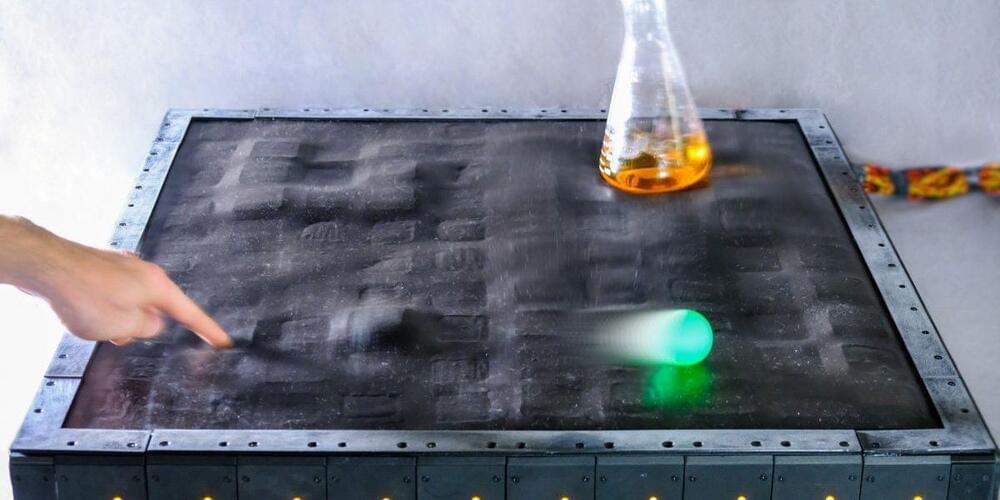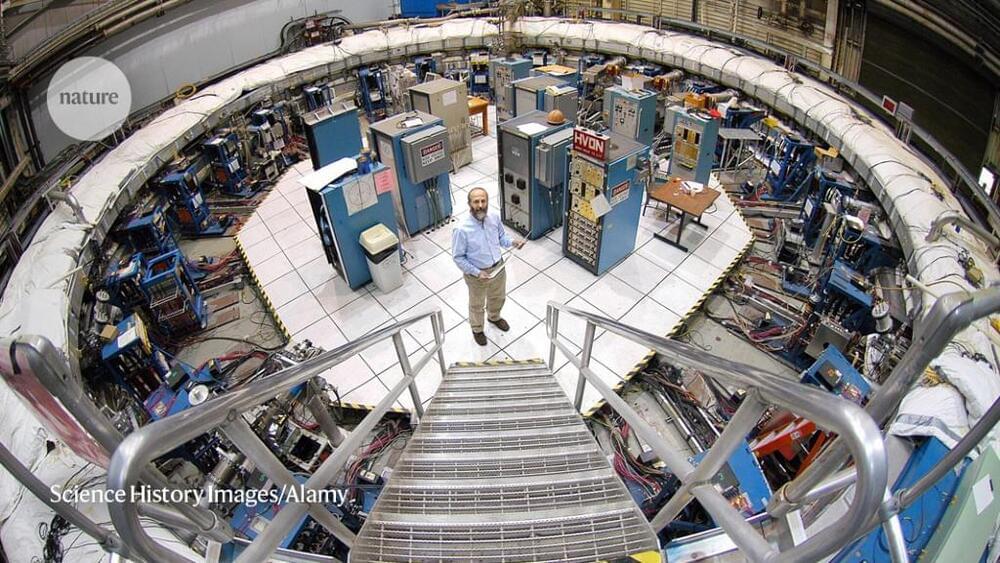Earth’s rotational axis drifts naturally but its direction shifted east in the 1990s.



Rotifers are multicellular, microscopic marine animals that live in soils and freshwater environments. They are transparent and can be easily grown in large numbers. As such, they have been used in some laboratories as research subjects for many years. Now scientists have found a way to manipulate the rotifer genome, which can make them far more useful for many different research applications.
In new work reported in PLOS Biology, scientists used the CRISPR-Cas9 gene editing tool to alter two rotifer genes. These edits were then passed down to future generations of rotifers. This effort can now help others use these organisms in their laboratories.
Upgrade will sharpen our view of nature’s atomic processes at work, aiding the development of a number of transformative technologies.




The “wobble” of a tiny particle known as a muon is once again challenging our understanding of physics and could be the start of a major discovery, scientists have said.
For the third time, findings from experiments have shown this particle does not behave as predicted by the Standard Model – the rulebook physicists use to describe and understand how the universe works at the subatomic level.
Scientists said their latest results, which have been submitted to the journal Physical Review Letters, reinforce measurements of the muon’s wobble in previous experiments and are even more precise.

